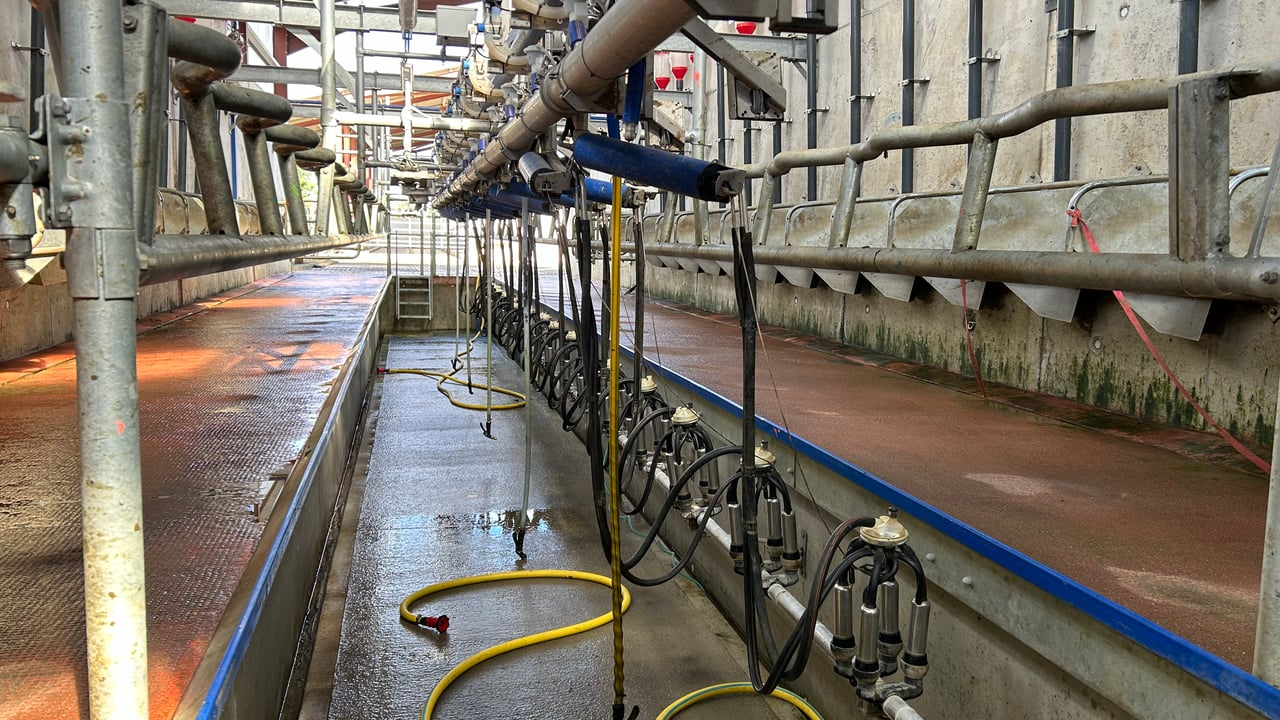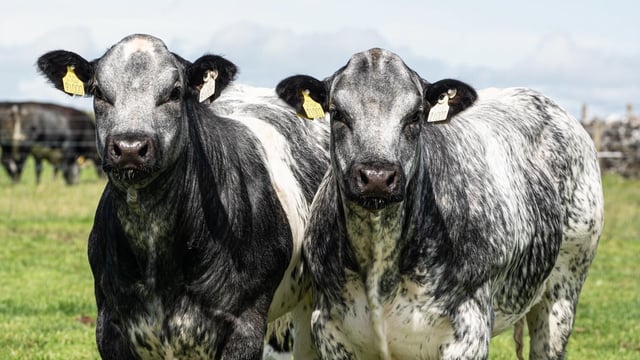Is it worth moving to once-a-day milking?
Many farmers may be wondering whether it is worth considering the move to once-a-day (OAD) milking for some time before drying off the herd.
It is potentially a positive move at this time of the year, as it helps build condition and health for the cows as well as taking some of the pressure off labour.
This is evident as OAD has largely grown in popularity over the last number of years across Ireland, especially in the shoulders of the year.
However, with less than optimistic milk markets, farmers may be considering milking full steam ahead through November as the change to OAD milking may lead to a production loss of up to and over 20%.
This is a hit some may not be prepared to take if prices could potentially be even lower in the spring if current trends continue.
Once-a-day milking
There are plenty of advantages to OAD milking other than labour reduction, e.g., herd health often improves in terms of conditioning, lameness, and reduced milk fever.
OAD milking also has the possibility of improving reproduction through non-cyclers and heifers.
For farmers operating in small parlours, or if you have more than 10 rows of cows coming at you, OAD really reduces time spent milking, freeing up time to improve herd health even further and perfecting your winter diets.
If you are considering moving to OAD, there are plenty of considerations to to take into account.
You will most likely have that drop in milk production when you begin, which might negatively affect your margins towards the back end of the year.
On top of that, the switch to OAD may also lead to an increase in your herd's somatic cell count (SCC), with and additional 20,000-40,000cells/ml in the bulk milk.
Some herds may not be suitable for OAD depending on their genetic make up, e.g., high-producing Holstein Friesian cows may not suit that system.
Animals producing high solids but lower volumes of milk such as Jersey-cross cows are considered to be more suitable to OAD, as well as cows who are not prone to high SCC.
One of the most important factors farmers must consider before switching to OAD during late lactation is how it will affect your nitrates banding as milk kgs drop.
At the end of the day, moving to OAD is quite a change to the herd's routine, so careful planning and consideration must be made before the switch, and it is worth talking to your advisor.
It will save you time on labour and improve herd health, but it will also reduce the pay check, results which will need to be balanced in the decision-making process.





